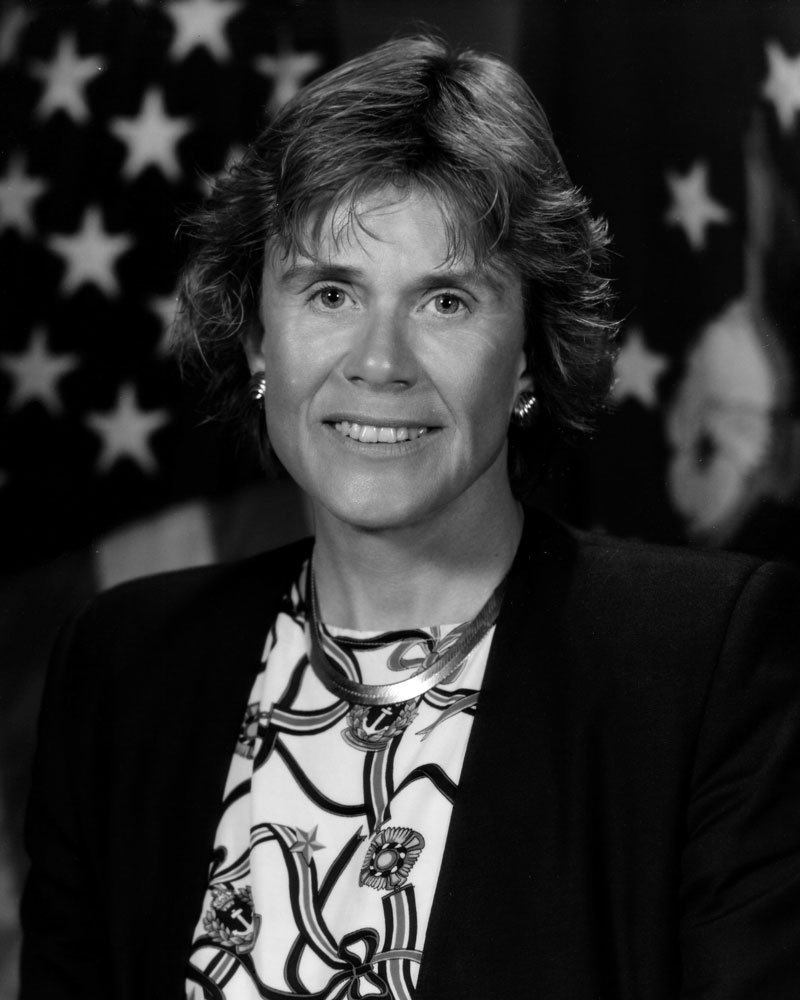 On August 6, 1993, Dr. Sheila E. Widnall became the first woman to serve as secretary of the Air Force, thereby becoming the first woman to head a military service in the United States. Long before that, however, Dr. Widnall had established herself as a barrier breaker, with a list of significant accomplishments in her personal, academic, and professional history.
On August 6, 1993, Dr. Sheila E. Widnall became the first woman to serve as secretary of the Air Force, thereby becoming the first woman to head a military service in the United States. Long before that, however, Dr. Widnall had established herself as a barrier breaker, with a list of significant accomplishments in her personal, academic, and professional history.
Growing up in Washington State near McChord Air Force Base encouraged an early and lasting interest in airplanes and aerodynamics. Her father, a rodeo rider turned college professor, was a source of encouragement as she developed an interest in science and mathematics. Her mother, a juvenile parole officer, provided a role model as a professional woman in the 1950s. As the oldest child, she worked with her father around the house, painting, doing electrical work, and repairing plumbing. In an oral history interview, she noted, “I was 21 years old before I found out you could hire people to come into your house to do things.”
As a junior in high school, she won a local science fair with a project on the atomic decay of uranium. One of the judges, an MIT (Massachusetts Institute of Technology) graduate, suggested that she should go to MIT. She had never heard of that school before, but she soon became determined to go there, receiving a scholarship from a Seattle MIT alumni organization.
Entering MIT in 1956, she was one of only 23 women out of 936 freshmen. While a student there, she worked during the summers at the Boeing plant in Seattle, Washington. She graduated with a bachelor of science degree in 1960, going on to earn her master of science in 1961 and doctor of science in aeronautics and astronautics in 1964, all from MIT. Joining the MIT faculty in 1964 at the rank of assistant professor, she became the first MIT alumna appointed to the School of Engineering faculty, launching a distinguished academic career. In 1970, she attained the rank of associate professor, becoming a full professor in 1974. In 1979, Dr. Widnall became the first woman to serve as faculty chair at MIT.
Dr. Widnall’s resume contains a lengthy list of awards, memberships, and public service contributions. In 1974, she served as the first Director of University Research at the U.S. Department of Transportation. A member of the U.S. Air Force Academy Board of Visitors from 1978 to 1984, she chaired that board from 1980 to 1982 and also served on the advisory committees to the Military Airlift Command and to Wright-Patterson Air Force Base, Ohio. Given these and other contributions and her proven academic leadership, she was a natural choice to be a secretary of the Air Force, applying her intellect and her administrative talent to the task of leading the United States Air Force at a critical time of post-Cold War transformation.
Those years brought a significant drawdown in the force, and Secretary Widnall chose to focus on the future and to ensure that the Air Force of the next century would be capable, efficient, and innovative. She advocated modernization in the face of budget reductions, pushing forward the C–17 program and also overseeing the first flight of the F–22. Her expertise in aeronautics enabled her to ask the right questions and lent credibility when she advocated for programs before Congress. She streamlined acquisition and explored efficient privatization alternatives where possible.
The post-Cold War reductions brought stress and potential disruption to Air Force personnel, contributing to a pilot retention problem. These challenges were compounded by an increasing operational tempo, as air power demands in the Middle East, Europe, and elsewhere surged. In the face of this, Secretary Widnall emphasized quality of life initiatives to help airmen to meet the stress of these demands and to rest assured that the Air Force would take care of their families. At the same time, Air Force women saw increased opportunities, such as piloting combat aircraft. Secretary Widnall remained in office through the fiftieth anniversary of the Air Force and then returned to MIT in November 1997, to continue a distinguished career of scholarship, leadership, and service.
Dr. Widnall overcame many barriers and established many precedents. Nevertheless, she told an interviewer, “I don’t think that I ever set out to be the first…. I came at a time when many organizations were looking for women for their boards, for various positions in their organizations, and I think I was the beneficiary of a lot of that.” But while she chose to emphasize the importance of timing, it was undoubtedly her demonstrated intellectual and leadership capabilities that enabled her to make the most of those opportunities. She acknowledged that she was strongly motivated to encourage other women to excel, particularly in the fields of engineering and science. Noting that women bring exceptional capabilities and a “somewhat different” perspective, she remarked that “our society can benefit enormously if we use the brainpower of our entire population.”
